It is certainly no secret that vegetables are nutritional powerhouses. Eating them brings about many health benefits, which is why experts recommend that a large part of your diet should consist of veggies. Vegetables are also an extremely affordable and versatile type of food that can be incorporated into hundreds of delicious recipes.
Luckily for you, there’s plenty of vegetables out there to enjoy, so you don’t have to get bored of eating the same old thing over and over again. Below is a list of the 30 healthiest vegetables that you can eat, arranged in alphabetical order.
1. Artichokes

The artichoke is a fiber rich vegetable, with a medium sized one providing you with around 40% of your daily requirement of dietary fiber. This makes them an excellent food to eat when trying to lose weight. Artichokes also contain small quantities of various vitamins and minerals. There are lots of ways to enjoy this vegetable, including baking, steaming and stir-frying it.
2. Arugula

Also known as rocket, arugula is commonly used as an ingredient in salads and sauces. It has a distinct peppery flavour that chefs take full advantage of, and you should too! Arugula is a member of the brassica family (other notable members include kale, cauliflower and Brussels sprouts), which have strong cancer-fighting properties. You can find out more about arugula here.
3. Asparagus

Because of its unique ‘spear’ like appearance, it is very difficult to mistake asparagus for any another vegetable. Even though it is often enjoyed as a luxury food on special occasions, asparagus is widely available and not very expensive to buy. Health wise, it comes with a whole host of benefits including having anti-inflammatory properties and being a natural diuretic.
4. Avocados
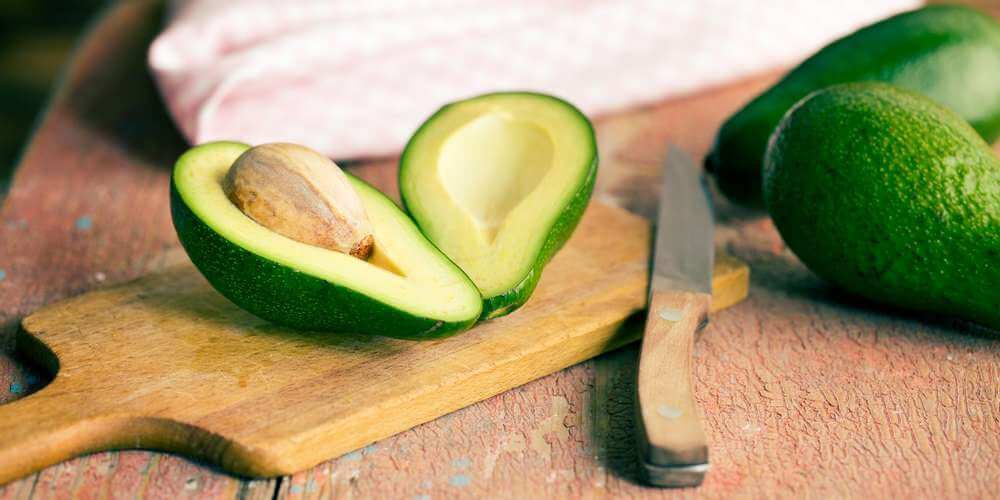
The avocado is technically not a vegetable, it is a fruit. However, because it isn’t sweet tasting, it is treated as a vegetable in the kitchen. The nutritional profile of avocados is truly impressive; not only are they a super potent source of numerous vitamins and minerals, they also come with large quantities of hearty healthy monounsaturated fat. Avocados can be use in smoothies and salads, or to prepare guacamole, a delicious Mexican dip.
5. Beetroot

Beetroot has many culinary uses, and if you do a quick search online, you will find lots of exciting beetroot based recipes to try. This crimson coloured root vegetable contains the substance betaine, which helps to reduce and prevent fatty deposits in the liver, making it a fantastic detox food. Additionally, beetroot also helps to lower blood pressure, improves exercise stamina and may slow down the progression of dementia.
6. Bell peppers
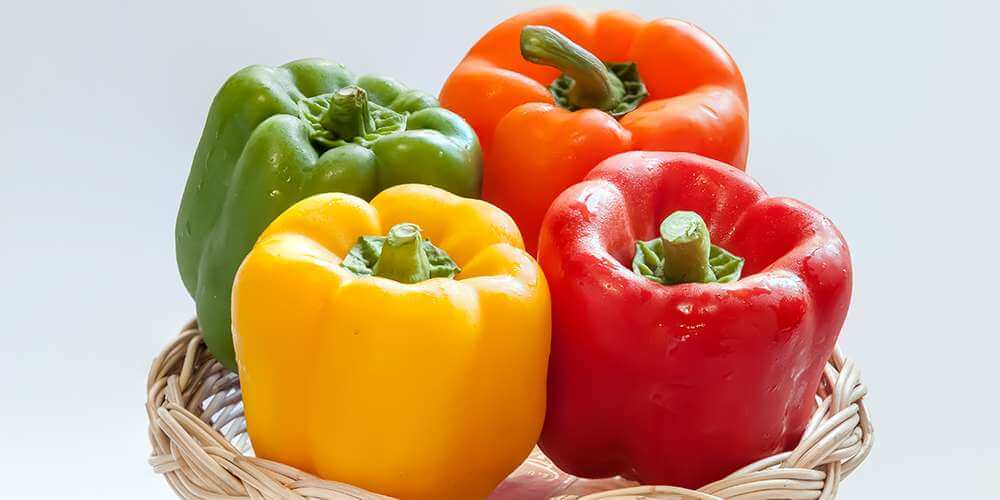
As you can see from the image above, bell peppers come in an array of vibrant colours, including green, orange, yellow and red. The red variety contains the most capsaicin, the substance that gives peppers their spicy flavour. Studies have found that capsaicin may help relieve pain, be able to fight off cancer and is beneficial for weight loss. You can stuff bell peppers with various ingredients (such as rice, other vegetables and spices) and then cook them in the oven to make for a filling meal.
7. Bok choy
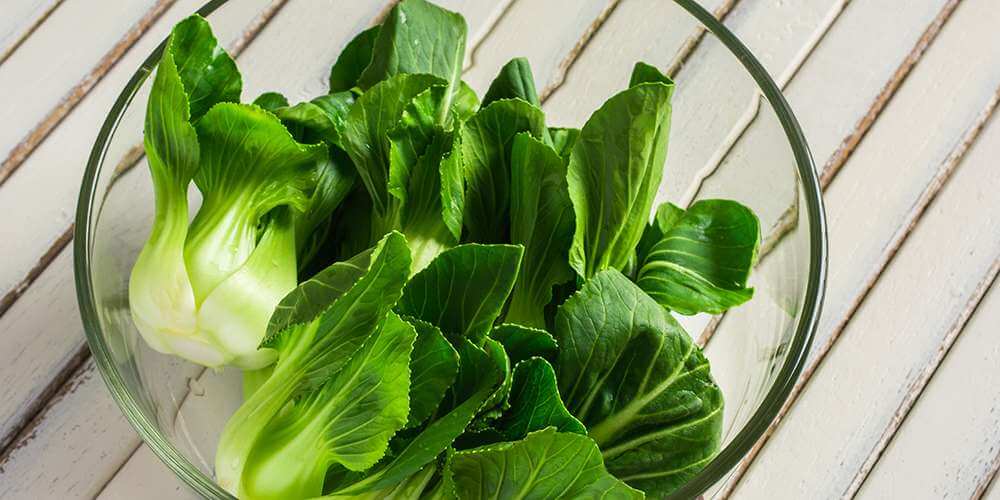
Also referred to ask pak choi or Chinese cabbage, this vegetable is very common in Asia, but is also widely available at supermarkets and grocery stores in the western world. It is simple to prepare in the comfort of your home and there are plenty of recipes (such as these ones) that are available all over the web for you to try out. Nutrition wise, bok choi does not fall short, being a source of all kinds of vitamins and minerals such as magnesium, iron and calcium.
8. Broccoli

There are many foods out there that have been called ‘superfoods’, but broccoli is one that certainly deserves the name. This tree like looking vegetable is packed full of nutrients such as vitamins C, K and A. In fact when compared weight for weight, broccoli has more vitamin C than oranges do, providing you with more than 100% of your daily requirement per one cup serving. Additionally, it is a protein rich vegetable, with more than 2 g per one cup serving.
9. Broccoli rabe

Rapini is another name for this vegetable that looks a lot like broccoli and is associated with French, Italian and Portuguese cuisine. It has quite a bitter taste, but cooking it with herbs and spices helps to make it more appealing. Like is the case with most green vegetables, rapini has large amounts of vitamin K, providing you with all of your daily requirement in a one cup serving.
10. Brussels sprouts
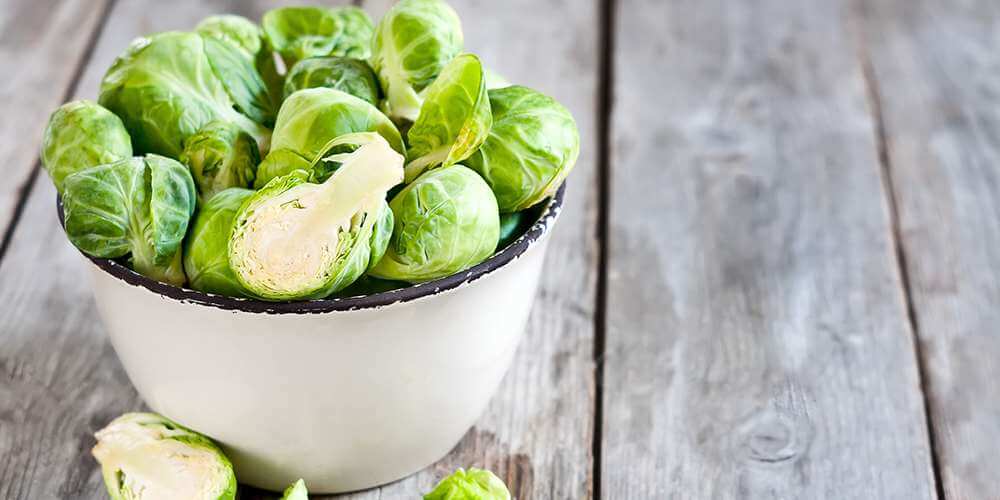
If you only eat Brussels sprouts at the end of the year during Christmas and Thanksgiving, you are missing out on the benefits that these small cabbage-like vegetables have to offer. These benefits include improved bone health, a stronger immune system, better digestion and balanced blood sugar levels. You can prepare Brussels sprouts any way you like, be it roasted, steamed or grilled.
11. Cabbage

We have already mentioned bok choy, but other varieties of cabbage include savoy, napa and cannonball. Because vegetables contain a lot of water and fiber, they are not very energy dense, with a cup of cabbage having only 22 calories! It is for this reason eating vegetables when trying to lose weight is highly recommended. Cabbage is most well-known for being an ingredient in soups, but can also be used to prepare cabbage rolls, an alternative to regular egg rolls.
12. Carrots

Ask someone what food you should eat if you want to get more vitamin A into your system and they will most likely tell you to eat some carrots. It would be wise to follow this advice because carrots contain very large quantities of beta carotene, a carotenoid that is converted to vitamin A in the body. Indeed, a single cup of carrots provides you with more than 400% of your daily requirement of vitamin A. Eating carrots on a regular basis can help to protect eye health, decrease heart disease risk, fight off cancer and assist with wound healing.
13. Cauliflower

Cauliflower has become the go-to ingredient to use as an alternative to regular flour. For example, did you know that you can use cauliflower to prepare pizza crusts? All you have to do is grind it up in a food processor, wring out the moisture through some porous material and then bake it in the oven. Even though cauliflower looks boring, it possesses many health properties, one of which is being able to fight inflammation.
14. Celery

Celery is often touted as being a negative calorie food, with proponents of this theory suggesting that more energy is required to digest celery than it provides. Whilst this is not true, celery is still one of the least energy dense foods in our list of 140 healthy foods. Dipping celery in some almond butter or hummus makes for a filling snack that will keep you feeling energised until your next meal.
15. Collard greens
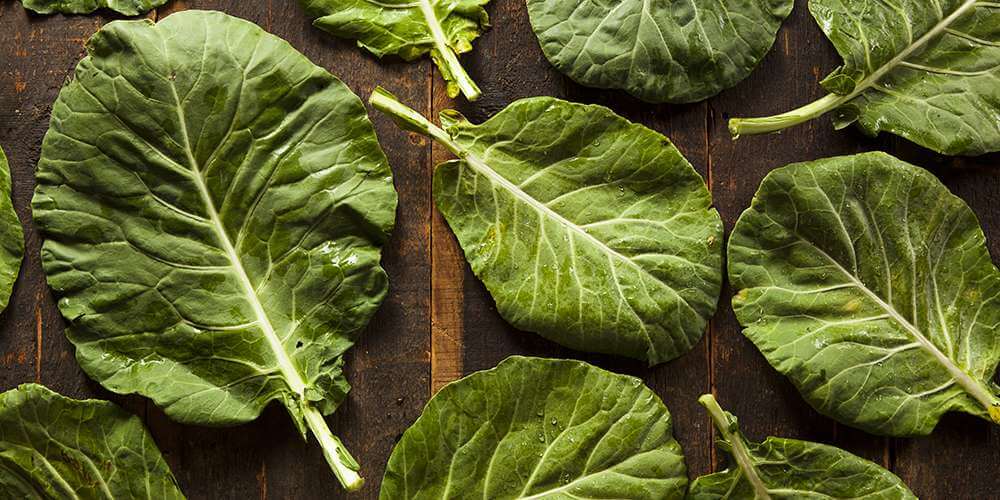
Most people rely on dairy products such as milk, yogurt and cheese to get their daily dose of calcium. But did you know that some vegetables contain large quantities of calcium too? Collard greens are one of them, with a one cup serving (cooked) providing you with a quarter of your daily requirement. Calcium is not only necessary for the maintenance of healthy bones and teeth, it also plays a role in blood clotting, weight loss and getting a good nights sleep.
16. Cucumbers
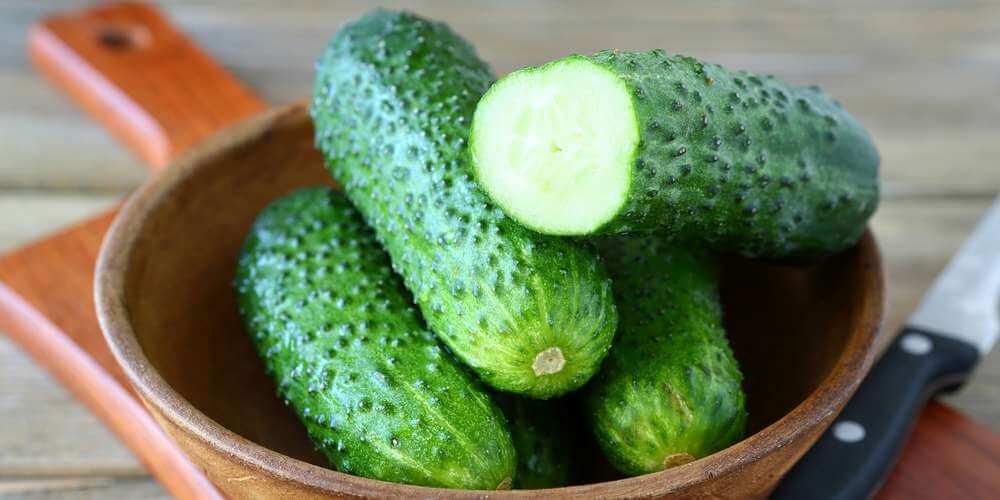
Given their firmness, its difficult to imagine that cucumbers are made up of more than 95% water! This means that eating cucumbers is similar to drinking water that is enriched with vitamins, minerals and other beneficial substances. Cucumbers contain the flavonoids apigenin, quercetin, and kaempferol, all of which are powerful antioxidants that reduce damage caused by free radicals in the body.
17. Dandelion greens
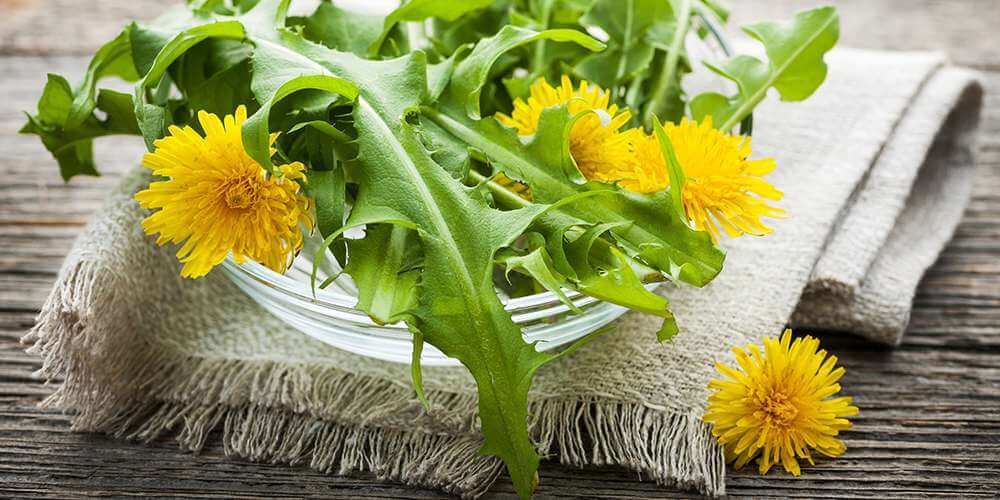
If you are a keen gardener, it is very likely that you have dug up this plant and thrown it in the bin. The reason for this is because dandelions are in fact a weed. What is less well-known however is that dandelion greens are both edible and nutritious. So the next time you’re doing the gardening, don’t just discard these weeds; instead, make use of them in the kitchen.
18. Fennel

Fennel is a winter vegetable with a strong licorice like flavour and is recognised by its green stalks and while bulb. It is grown and consumed in many countries around the world because all parts of the plant, including the seeds, are edible. Fennel consumption may help to improve skin health, ease menopausal symptoms and aid with digestion.
19. Green beans
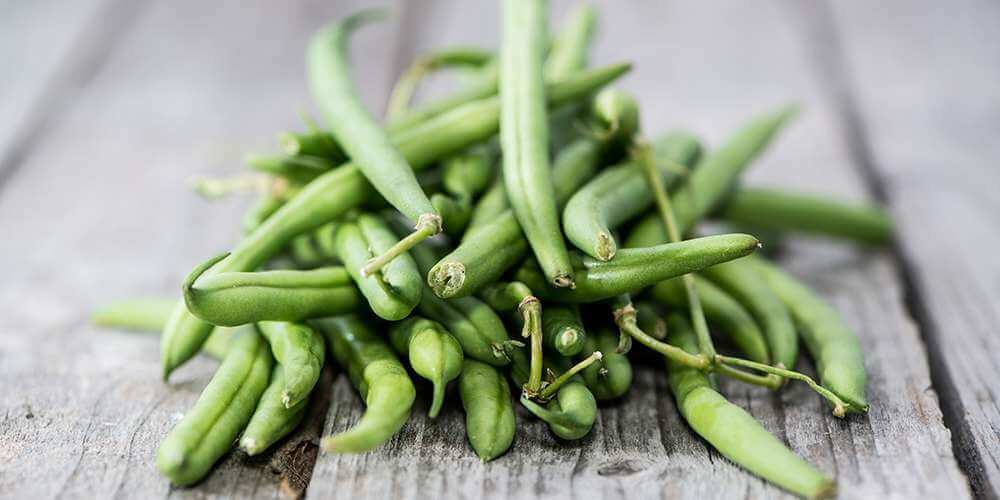
You may have heard them being referred to as string beans, snap beans or green beans. These thin and long vegetables are available both frozen or fresh, and can be used in all sorts of dishes, including casseroles, roast dinners and stir-fries. Green beans provide decent quantities of nutrients such as vitamin C, vitamin K and manganese.
20. Jicama

Also known as yambean or the Mexican yam, jicama is a root vegetable that you may not have come across. It is carbohydrate rich, providing you with more than 6 g of fiber per one cup serving. Much of this fiber is in the form of oligofructose and inulin, which feed the friendly bacteria in your digestive system. These friendly bacteria in turn stimulate the immune system and prevent the growth of harmful bacteria.
21. Kale

If ever there was a food that was associated with health, it has got to be kale, which is often considered to be one of the healthiest foods on the planet. If you take a look at its nutritional profile, you will be amazed; this is because besides vitamins A, C & K, kale contains impressive amounts of almost every common vitamin and mineral. Kale is also a rich source of powerful antioxidants such as quercetin and kaempferol. These antioxidants help to counteract damage cause by free radicals in the body, thereby preventing a large number of diseases.
22. Kohlrabi

If the name kohlrabi doesn’t ring a bell, you may have heard of this vegetable being referred to as turnip cabbage or the German turnip. Whilst it isn’t the prettiest looking vegetable, it has a somewhat sweet flavour and can be eaten either raw or cooked. Being another member of the brassica family, kohlrabi is a cancer fighting food; this study concluded by saying that kohlrabi should be considered as a potent anti-carcinogenic vegetable.
23. Mushrooms

Unlike most vegetables, mushrooms are a type of fungi, and there are many varieties of them, including oyster, white, crimini and enoki, all of which have their own unique flavour. Because of their simple appearance, people often think that mushrooms have no nutritional value, however this is far from the truth. Quite a few studies have been carried out on mushrooms to determine the benefits that eating them brings. For example, this study found that eating mushrooms can help boost the immune system, whilst this study showed that they are beneficial for weight management.
24. Okra

Okra is a slimy vegetable that is used as a key ingredient in many Indian, African and Caribbean curry dishes, but it can also be roasted, fried and pickled. Okra has been shown to have potential when it comes to the management of diabetes, by helping to lower blood sugar levels. Studies have also found that okra has anti-adhesive properties against H. pylori and stomach tissue.
25. Onions

Onions are one of the most ubiquitous vegetables when it comes to cooking. They are also incredibly healthy and can be eaten in generous portions. Onions contain large amounts of quercetin, a compound that is linked to many health benefits. You can grow onions in your garden with minimal effort, so that you never run out of a fresh supply.
26. Potatoes

People tend to think of potatoes as being unhealthy. One reason for this is because potatoes are a major ingredient used to prepare junk foods (such as potato chips and fries). However, the truth of the matter is that potatoes can be very beneficial for one’s health, provided they are eaten in reasonable quantities and prepared well. For example, instead of deep frying them in oil, they can be boiled, steamed or baked. It is also a good idea to leave the skin on because it is rich in nutrients.
27. Pumpkins

Orange coloured foods tend to be potent sources of vitamin A, and pumpkin is no different; a cup of cooked pumpkin gives you more than 200% of your daily requirement. Pumpkin is also a source of the B vitamins such as niacin & folate, vitamin C and potassium. So don’t wait until October to stock up on pumpkins, make them a part of your diet today!
28. Spinach

Fans of green smoothies are also fans of spinach. This is because unlike other green leafy vegetables, spinach does not have an overpowering flavour, making it an excellent ingredient to use in recipes such as those found here. And even though it is very low in calories, it is bursting with nutrients. A cup will provide you with 181% of your daily requirement of vitamin K, 56% vitamin A and 5% iron.
29. Sweet potatoes
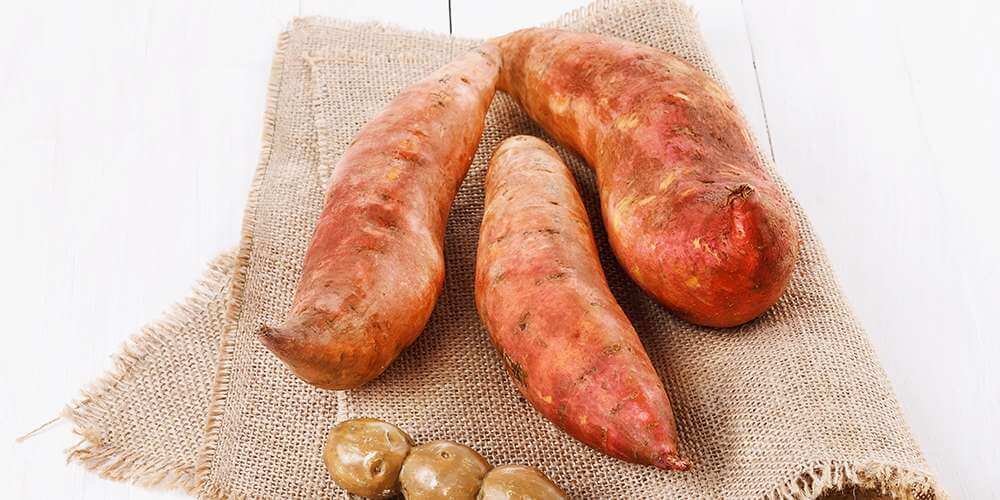
Even though the majority of vegetables contain carbs, sweet potatoes are at the top of the list, with a cup of baked sweet potato providing you with 41 g of carbohydrate. The point to keep in mind however is that sweet potatoes are a source of complex carbohydrates, which are considered to be the good kind. Sweet potatoes bring with them a number of benefits, including helping to keep your skin looking healthy, assisting with weight management and reducing cholesterol levels.
30. Tomatoes

Like the avocado, the tomato is not technically a vegetable, it is a fruit. In the kitchen however, it is treated as a vegetable. You may be surprised to learn that there are hundreds of varieties of tomato; you can find an extensive database here. Tomatoes are a major source of lycopene, which is a red pigment that gives them their colour. Lycopene is an antioxidant that is responsible for numerous health benefits. In general, the redder a tomato is, the more lycopene it contains.